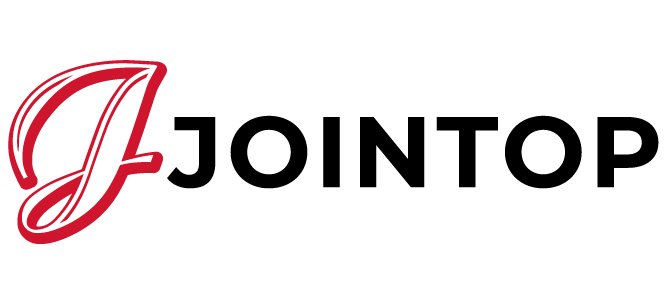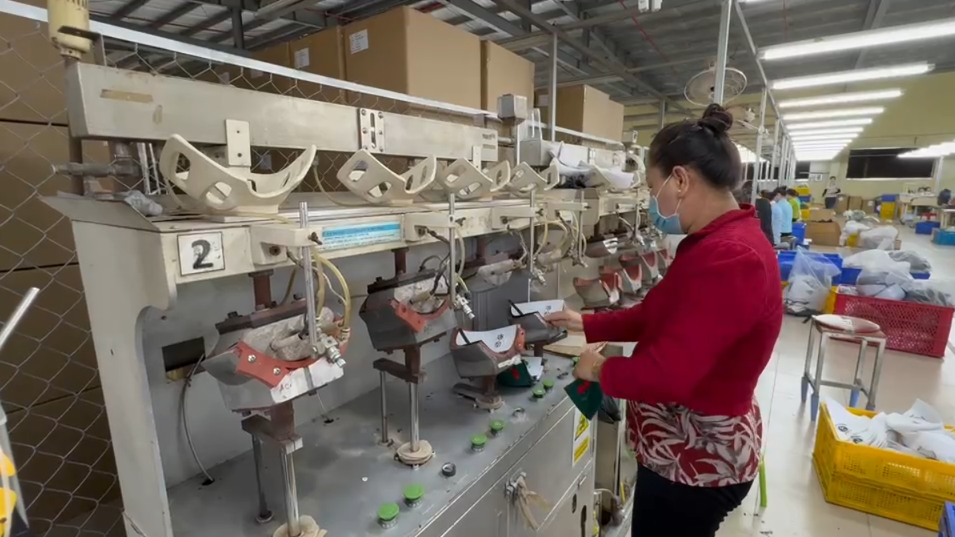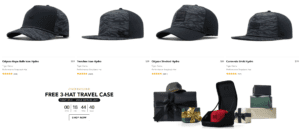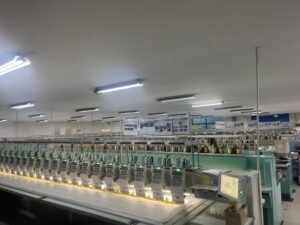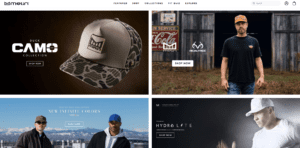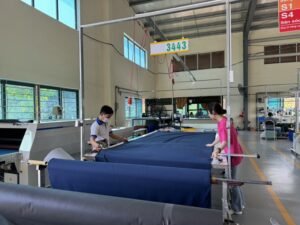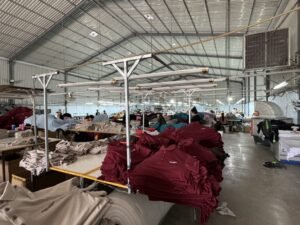This article was written by one of our long-term customers. He runs a fast-growing cap brand and often shares personal reflections on sourcing and running a brand. This was originally an email he sent us — honest, raw, and full of insight. We asked for his permission to publish it here, hoping it might help other founders who are looking for the right factory too.
There was a time when I was obsessed with finding “the best baseball cap manufacturer in the USA.”
That kind of obsession came from a hopeful place I guess — I thought if I could just find the right American factory, everything else would fall into place. The quality, the timelines, the communication, the consistency.
But reality hits you over time. Especially after a few real production runs, a few missed delivery dates, a few awkward email threads that go nowhere.
Look, I’m not saying American factories are bad. Some of them are excellent. But if you’re an early-stage or fast-moving cap brand, especially if you’re experimenting with drops, designs, and influencers, the truth is — most U.S. factories aren’t built for that kind of pace.
The Reality Behind “Made in the USA”
I once spoke with another brand owner who had committed to 100% American manufacturing. He was brutally honest. He said in the early days, the “Made in USA” tag really helped him sell — customers liked the story.
But over time, people started caring more about whether the hat looked good y felt good. They didn’t ask where it was made. They asked if it fit well. If the logo popped. If the price was fair.
And when he took all those requirements back to his U.S. factory, they basically said, “We understand, but we can’t really do that.”
The factory wasn’t trying to be difficult. They were just built for something else — political campaigns, union merch, legacy brands. Not small runs with modern styling and speed-to-market pressure.
Eventually, he kept a small Made-in-USA line for the story, but quietly moved the rest of his production offshore. Not because he didn’t care — but because his brand couldn’t survive otherwise.
My Own Shift in Thinking
I used to be skeptical of overseas manufacturing. Especially when I saw labels that said made in China, Vietnam, Bangladesh — I just assumed “cheap stuff”.
But that changed when I saw a friend’s sample cap from his streetwear drop. It was dead-on perfect. The visor shape, the stitching, the embroidery alignment — no issues. He told me it came from a factory in Vietnam. They had the sample done in three days and shipped in seven.
I was honestly shocked. The price was less than one-third of what I had just paid for a sample made in New Jersey — and frankly, his looked better.
When I asked him why he trusted them, he just said, “I don’t need them to prove anything — I just need them to keep up with my brand’s pace”.
That stuck with me.
What Matters More Than Geography: Trust + Capability
I’ve come to believe that manufacturing isn’t about where — it’s about how.
If you can produce high-quality caps, on time, at fair prices, with consistent details and open communication — I don’t care where your sewing machines are. You’re a great factory.
But not all factories are built equal. The best ones:
- Understand the market — they know what “mid crown” means without you having to explain.
- Have real production capacity — not everything is outsourced to third parties.
- Take responsibility — if something goes wrong, they own it, not deflect it.
That’s why I started working with overseas factories that actually own their operations. Not trading companies. Not random middlemen. Real manufacturers.
What Stands Out About a Factory Like JoinTop
I’ve worked with JoinTop, and what I respect is not just their pricing — it’s the clarity and accountability.
They own their factories in China, Vietnam, and Bangladesh. No subcontracting maze. No “let me check with our partner factory” delays. If something’s off, they fix it. If you have a design question, they answer it fast. If you’re not happy with a sample, they rework it.
And they understand how brands think. They get that a missed deadline isn’t just a factory issue — it’s an Instagram post that doesn’t go live, an influencer campaign that falls flat, a restock that loses momentum.
They know the difference between “product” and “product that sells.”
That matters a lot more than a flag label.
Making a Cap Isn’t Hard. Making a Great One Is
People think hats are simple. But anyone who’s tried to launch a cap brand knows — it’s a detail game.
If your brim curve is off, it looks weird.
If your embroidery is flat, your logo looks cheap.
If your interior labels shift around, customers think your whole brand is unprofessional.
And then there’s materials. There’s packaging. There’s fulfillment timing. And in between all of that, you still have to run ads, post content, answer DMs, build retail relationships.
You can’t afford to gamble on the wrong manufacturer. Especially not if you’re running lean.
What I Look For Now
I don’t need a supplier who gives me the lowest quote. I need one who helps me grow.
- Someone who will help me scale from 100 pieces to 5,000.
- Someone who understands why I’m tweaking a design mid-cycle.
- Someone who doesn’t ghost me when something goes wrong.
Factories like that are rare. But when you find one — you don’t let go.
If you’re just getting into hats, or you’ve had your fair share of factory drama, I feel you.
You’re not alone. A lot of us have dealt with slow communication, inconsistent samples, broken promises, and production delays. That’s why we stop chasing the “cheapest” and start searching for the right fit.
Don’t just look at MOQ and price. Look at how they respond to your problems. Look at how they explain things. Look at how much they care about the success of your brand — not just your PO.
Pick the right factory, and caps can be your brand’s most reliable SKU.
Pick the wrong one, and it becomes a black hole for ad spend.
If you’ve dealt with sourcing headaches, I’d love to hear your story.
Or if you’re building a new cap line, tell me what kind of audience you’re going after — maybe we can swap ideas on design, fit, or materials.
This isn’t a sales pitch. Just one founder to another, sharing what I’ve learned by getting it wrong enough times to finally get it right.
